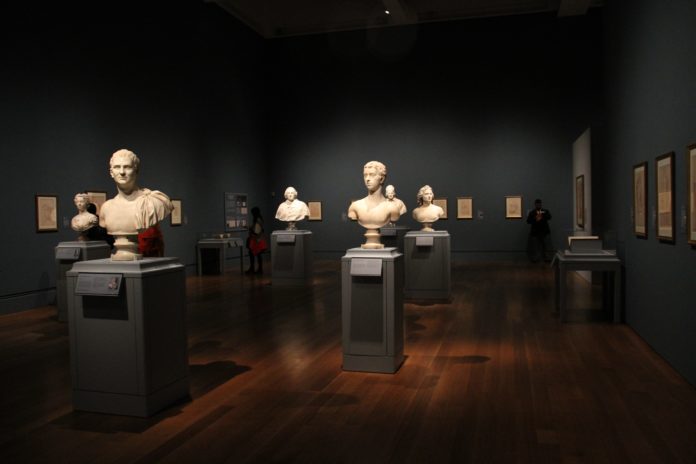Museums have been innovatively implementing 3D printing in a variety of ways, such as to create interactive exhibits where previously, handling of the artefacts would have been impossible. Now, they’re taking it a step further. 3D printing is being applied to cultural restoration, not to recreate artefacts for museum attendants to handle, but to augment incomplete artworks, returning them to an original state so they can be appreciated as the masters who created them intended.
“The art of museum restoration has long been about striking a balance between maintaining the originality of a piece and enhancing the way we can appreciate it, as well as the story it tells about the past,” says Henry Valentin, a 3D expert at PaperFellows and Boomessays. “Now, that balance is being swayed towards ever more complex restoration.” Let’s dive into the story of how it’s done.
Evaluation
In order to undertake this degree of restoration in a relic, first it needs to be assessed to determine the viability of restoration, as well as to analyse the benefits of doing so. At times, a restoration can pose a risk to the artefact’s material integrity and on occasion restoration would diminish its cultural value – a physical and cultural evaluation is therefore essential to restoration.
There are three principles by which a relic is evaluated for restoration: urgency, prevention, enhancement. Priority to artworks that may deteriorate ensures that relics will be preserved for the future, and preventative restoration involves protecting elements of artwork. If it’s assured that an artwork doesn’t need urgent intervention, then it can be evaluated for enhancement through a process of 3D printing.
Scanning And Modelling
3D printing in commercial and consumer settings tends to begin with modelling in order to create design that can then be produced. In a cultural setting, however, where relics are augmented through 3D printing, these artefacts must be fully scanned in order to create a digital model with which to work.
Scanning and modeling enables art technicians to understand the creative vision of the original artist, which in turn allows them to preserve this artistic intention. Although restoration requires creative solutions, art technicians need to be careful no to cross a line into artistic expression.
Making The Impossible Possible
“The intricacy of many relics has meant that, until now, restoration was impossible,” says Tyler Casey, a tech writer at StateOfWriting and Assignment Help. “The techniques of the old masters couldn’t be replicated with enough skill and detail, and rather than risking a substandard restoration, which would compromise the artefact’s value, pieces were left unfinished.”
Now, however, 3D scanning enables designs of extraordinary complexity to be reproduced digitally, and advances in printing materials means they can be reproduced exactly. For example, Mattia Mercante working in Florence, Italy, has been pushing this technology forward to restore previously incomplete works. Everything from wood to glass can be reproduced using resin, printed then colored to match the original artwork. One recent restoration completed by Mercante was of a 17th century panel carved in wood. Thanks to its symmetrical nature, the complete half of the artwork could be scanned, flipped and intricately recreated on the opposite side, filling in long-lost detail on this beautiful panel.
New Tools
Cultural restoration of relics takes place cautiously as the historical and material value of these pieces often occurs thanks to their long journey. Mercante, for example, ensures that restoration of this kind can be reversed should the need arise. He treats his 3D printed additions so that they’ll glow under UV light, enabling their removal in future.
In another setting, 3D printed additions for marble statues were attached with magnets. Fingers, ears and other extremities commonly break off these ancient statues, and now they’re able to be restored without risking damaging the original piece.
The Future Of The Past
Art restoration has, traditionally, been a conservative practice – after all, when you’re dealing with unique and priceless artefacts, the cost of an error can be unthinkable. However, 3D printing is generating new ways of restoring relics, ways that are detailed, precise and reversible. The addition of these new digital technologies to the art restoration world provides us with a glimpse into the past.
Remember, you can post job opportunities in the AM Industry on 3D ADEPT Media free of charge or look for a job via our job board. Make sure to follow us on our social networks and subscribe to our weekly newsletter : Facebook, Twitter, LinkedIn & Instagram ! If you want to be featured in the next issue of our digital magazine or if you hear a story that needs to be heard, make sure to send it to contact@3dadept.com
Lauren Groff is a writer at Academized.com and Ukwritings.com. Lauren trained as an art historian before diversifying into the tech industry and enjoys writing about the implications of new innovations on the cultural landscape. You can read more of her work at OXEssays.com writing service.






